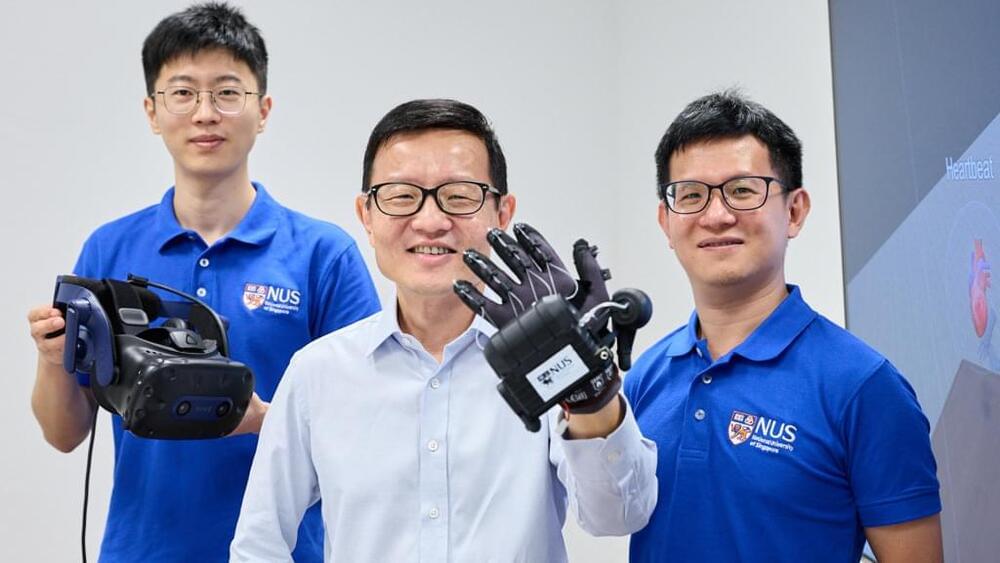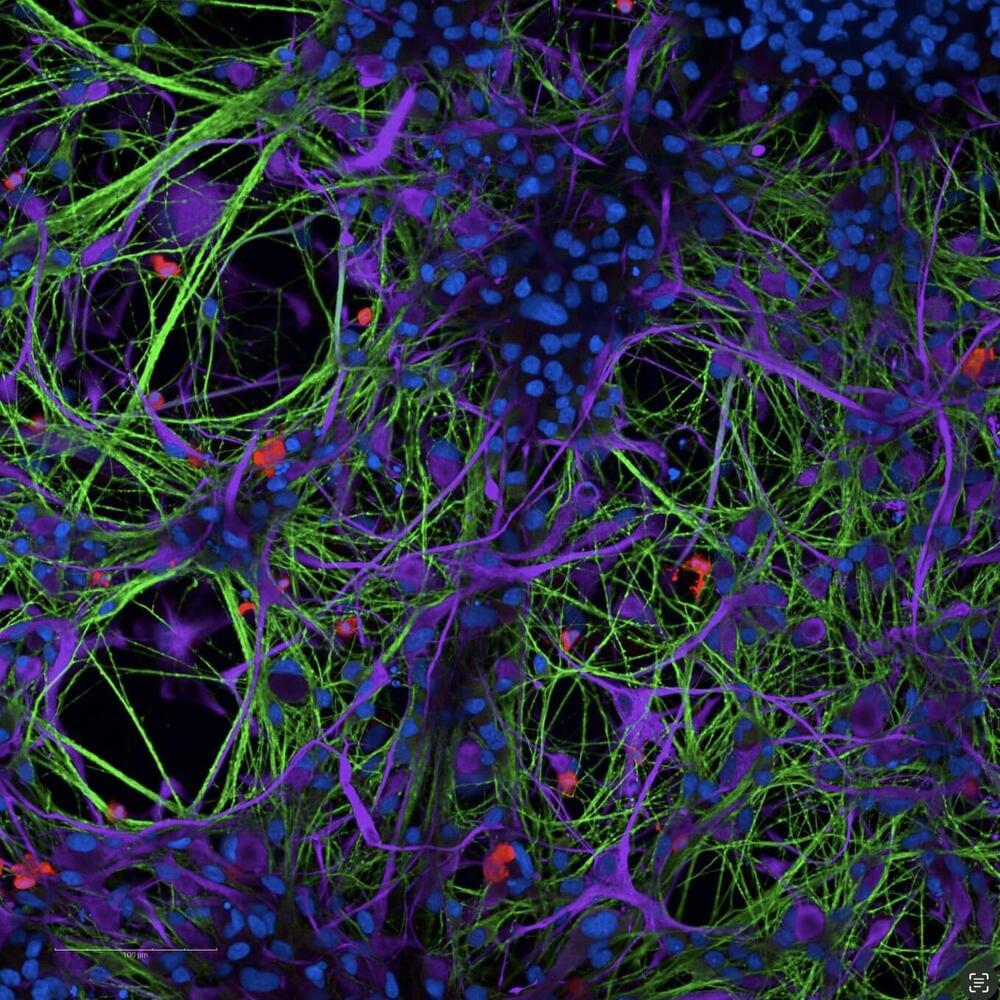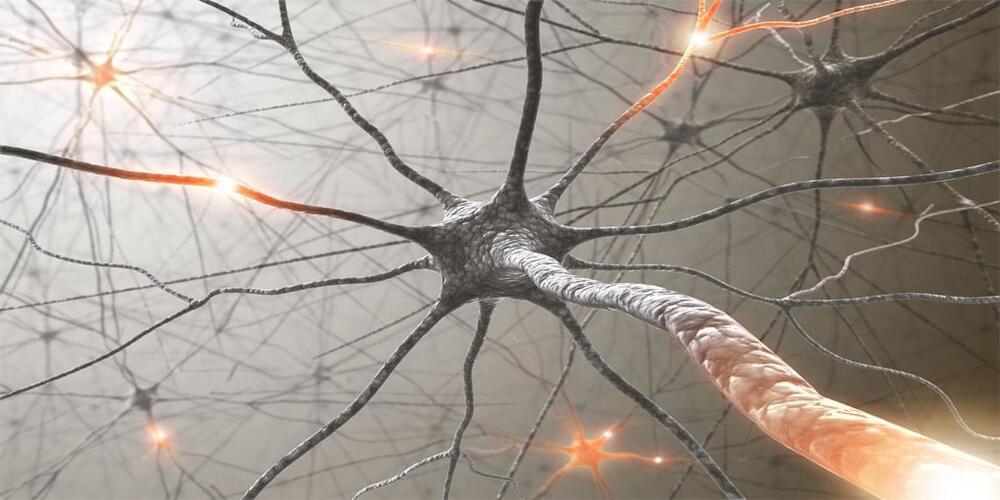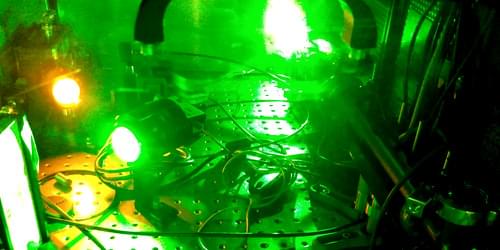Jan 20, 2023
University Of Singapore Invent VR Glove To Let You Feel Inside the Metaverse
Posted by Kelvin Dafiaghor in categories: biotech/medical, health, virtual reality, wearables
The University of Singapore has invented a VR Glove that allows you to feel objects in the metaverse! The technology includes pressurized fingertips and restricted motion that mimics the real-life sensation of picking up objects. The goal is to assist medical professionals to practice in Virtual Reality (but we can see how these would make for some pretty incredible immersive gameplay). Production will begin over the next few years.
The VR glove is an important advancement in wearable tech, as it is a fully untethered haptic system. With this super fast feedback loop, the glove encounters the metaverse in what is essentially real-time. So, that means minimal to no lag for users. Additionally, the gloves are lighter and more affordable than the gloves that are currently on the market. This makes The National University of Singapore’s HaptGlove all the more impressive as a piece of wearable tech.
The glove was developed by The National University of Singapore for use with trainees at the National University Health System. Specifically, users will be able to use the technology to grasp surgical devices or check the pulse of a patient. Furthermore, the haptic system inside the glove should resemble the feeling of an object on your fingertips, providing real-time feedback. This is an important moment for the medical field that could have serious impact, as VR becomes a testing ground for future health tech. It’s interesting to note this development alongside other trends, like the push towards Web5.


















